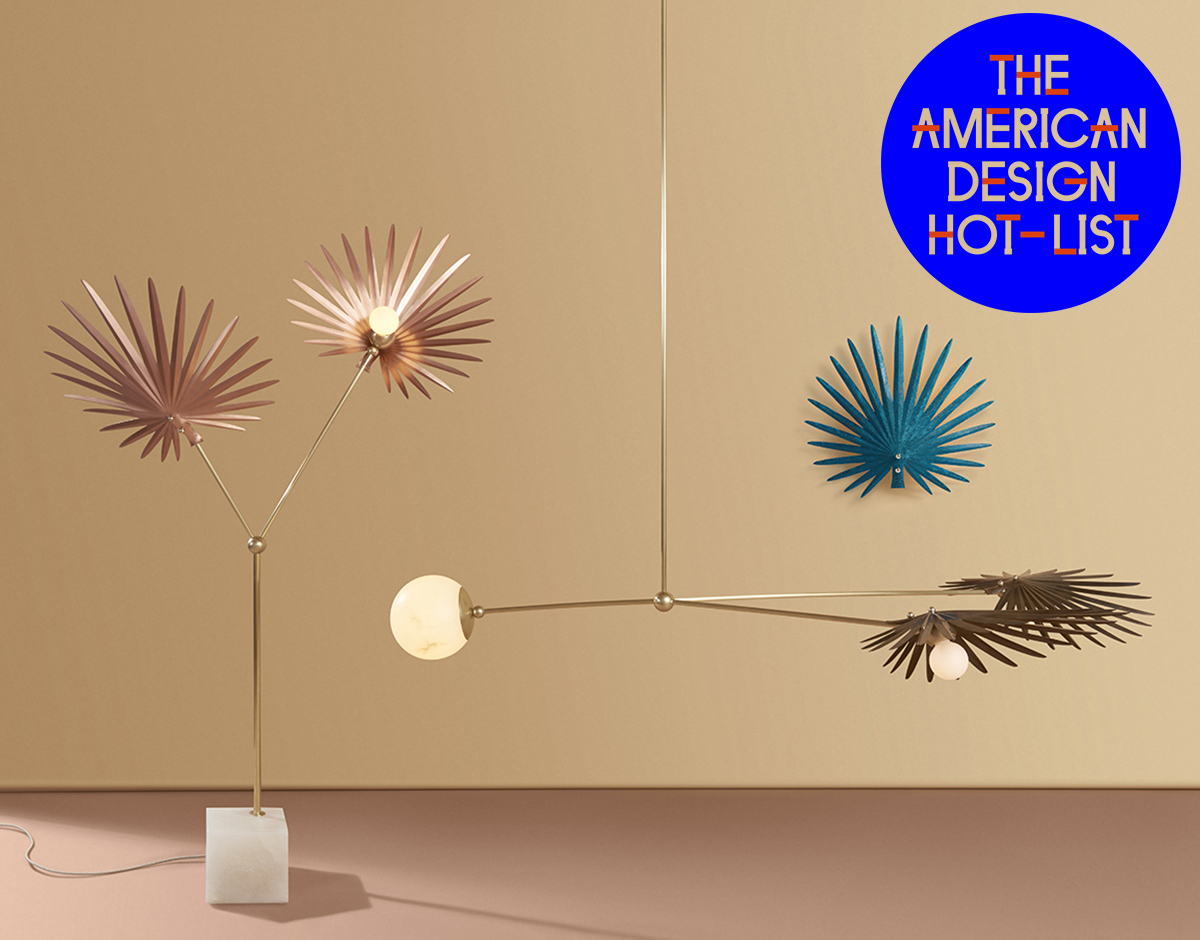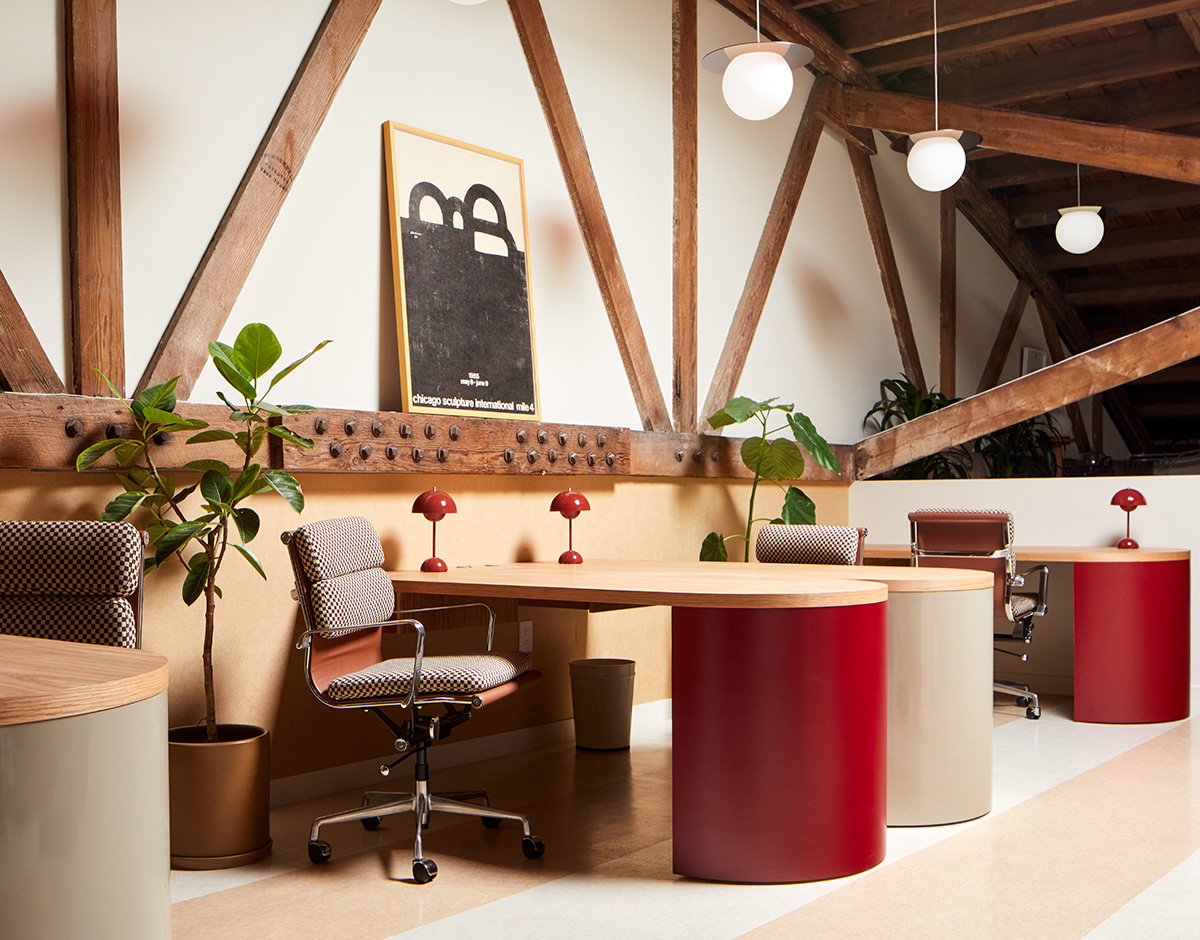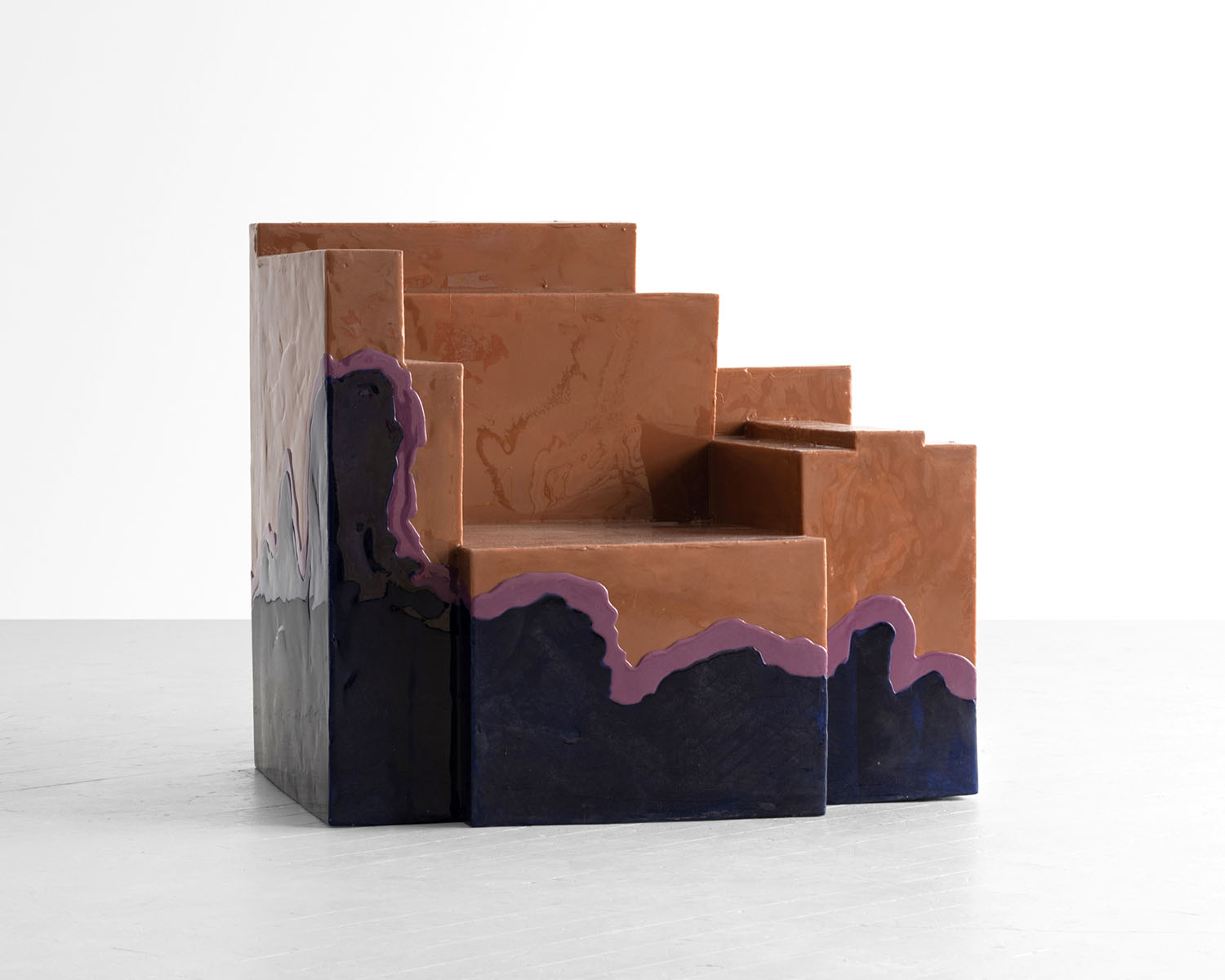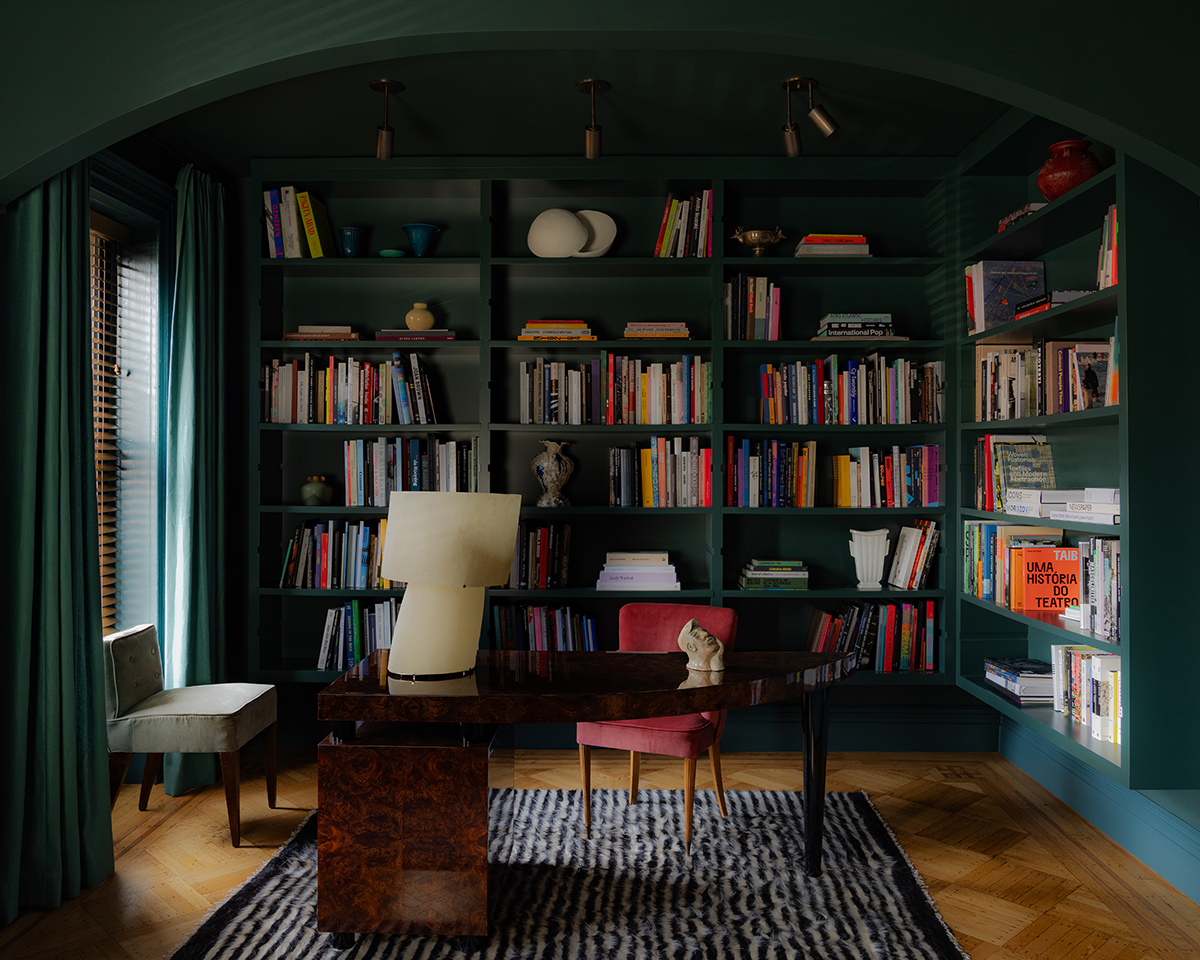
01.07.25
American Design Hot List
The 2024 American Design Hot List, Part II
This week we announced our 12th annual American Design Hot List, Sight Unseen’s editorial award for the names to know now in American design. We’re devoting an entire week to interviews with this year’s honorees — get to know the second group of Hot List designers here (including interior designer David Lucido, whose Brooklyn townhouse project is seen above).
David Lucido
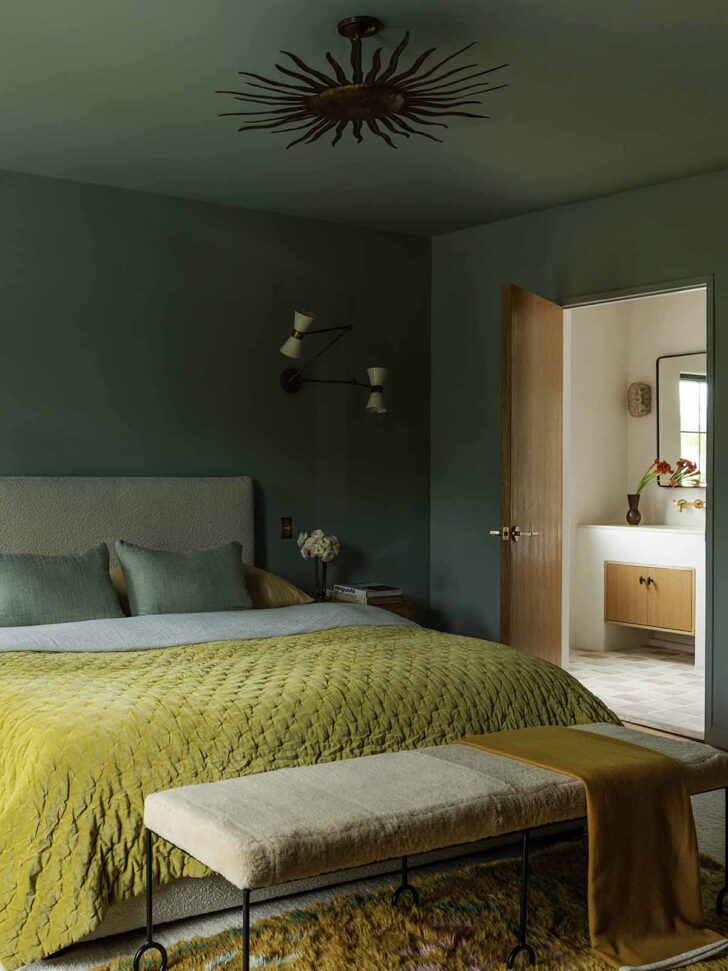
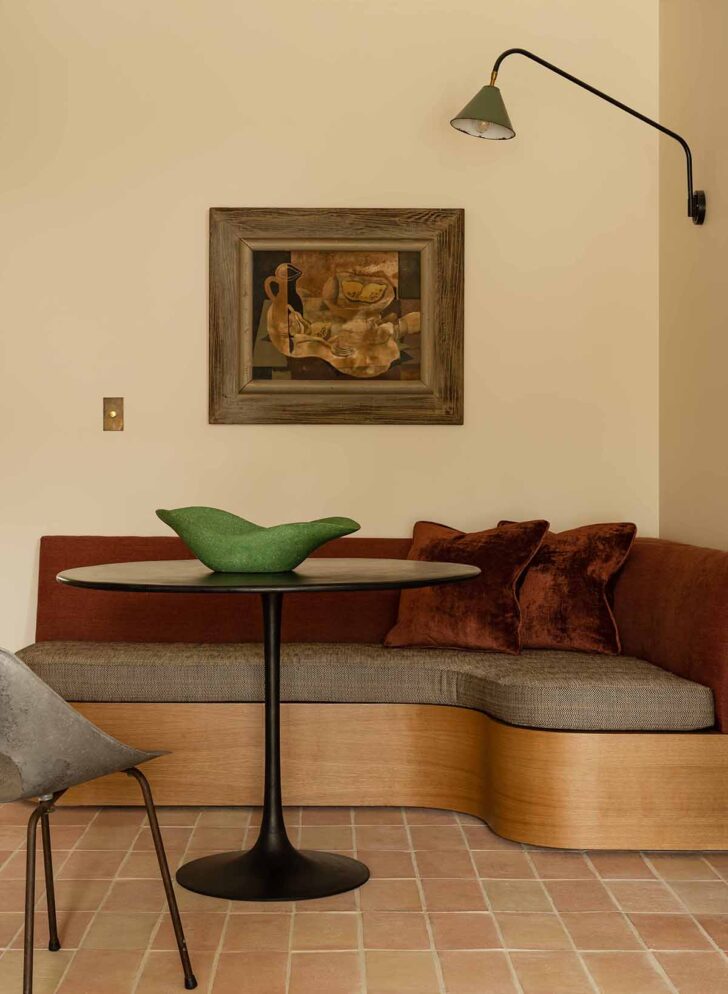
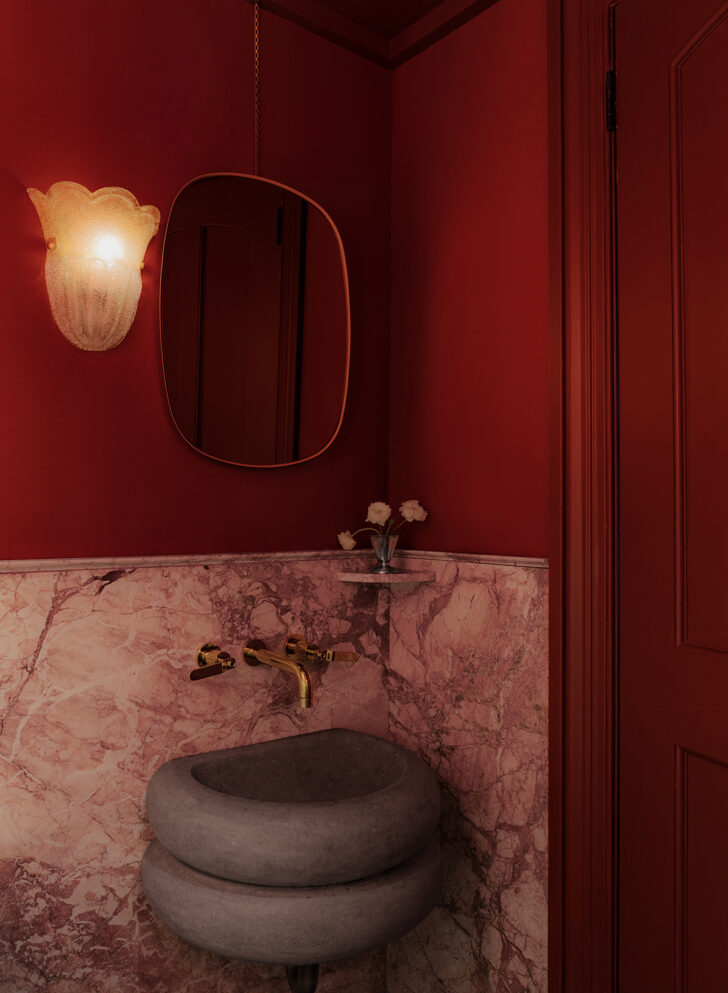
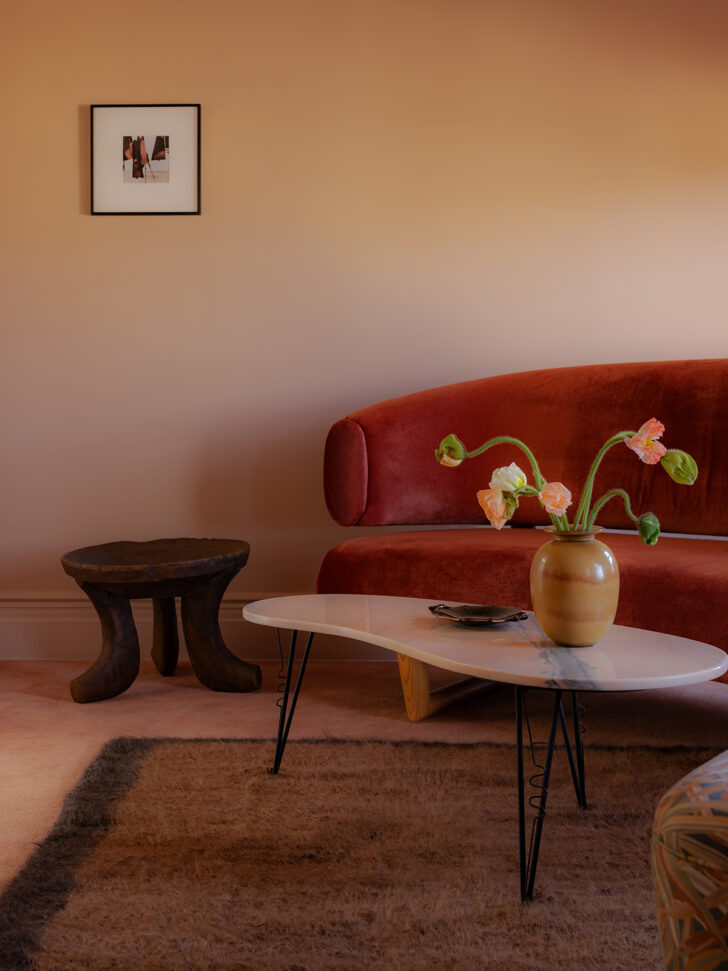
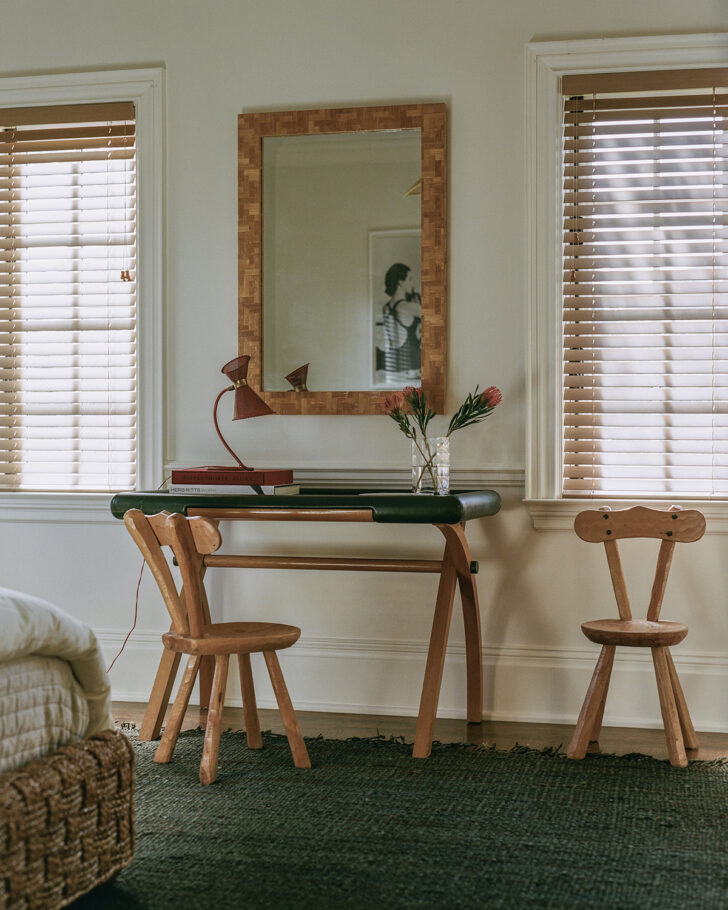
New York City & Palm Beach, Florida, davidlucido.com
David Lucido wonders if he may have been a sailor in a past life, but we wouldn’t be surprised if he turned out to be a descendant of Josef Albers — his color pairings are so pleasing there’s a sense of inevitability about them, and yet they require the kind of quiet confidence you rarely see in the interiors world. He’s also got an almost gothic sense of humor — in one kitchen he designed, a sculpture of two bare toes sits in the middle of the table while in another, a spooky doll hangs over the proceedings. Somehow, none of it feels kitsch and all of it feels extremely livable.
What is American design to you, and what excites you about it?
American design is about having no boundaries. We can experiment, be bold or minimal, wild or restrained, reference our diverse backgrounds, and innovate. America and American design is about continuing to write our own story. The best designs are the ones that move the needle.
What are your plans and highlights for the upcoming year?
In addition to a series of commercial projects, including a handful of new stores for Carolina Herrera, we are working on our first ground-up home on the Venetians Islands of Miami in conjunction with architect Marmol Radziner. Next year, I’m continuing to split my time between New York and Palm Beach, specifically West Palm which is quickly becoming a city on the rise. South Florida is seeing a wave of new developments, restaurants, galleries, and an influx of creative entrepreneurs. I’m looking forward to getting involved in the community, taking on new projects, and playing a small part in the city’s evolution. Finally, I have a three-week trip to Japan, which will be heavily design (and food) focused.
What inspires or informs your work in general?
I’ve noticed that I am subconsciously inspired by all things maritime: portholes and circles, curved lines, rich woods, bulky hardware, and utilitarian elements reminiscent of sailboats, ocean liners, and seaside living. I may have been a sailor in a past life.
Secondly, my clients play a huge role in my design process and are critical in creating thoughtful, authentic designs. I love how different design briefs can take projects in a direction I would not have gone without client input. Listening is key.
Isabel Rower
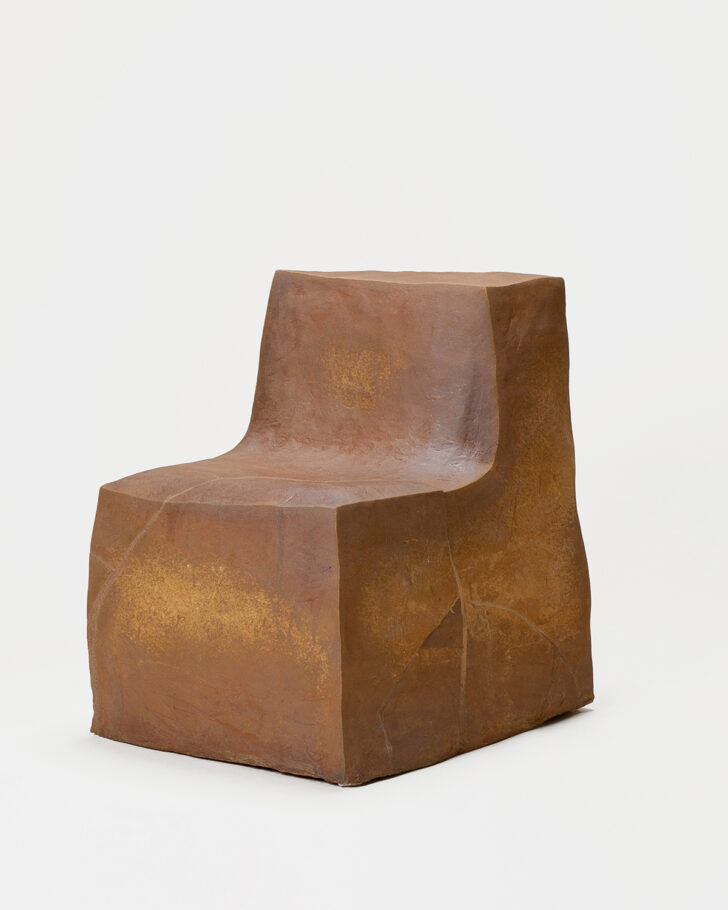
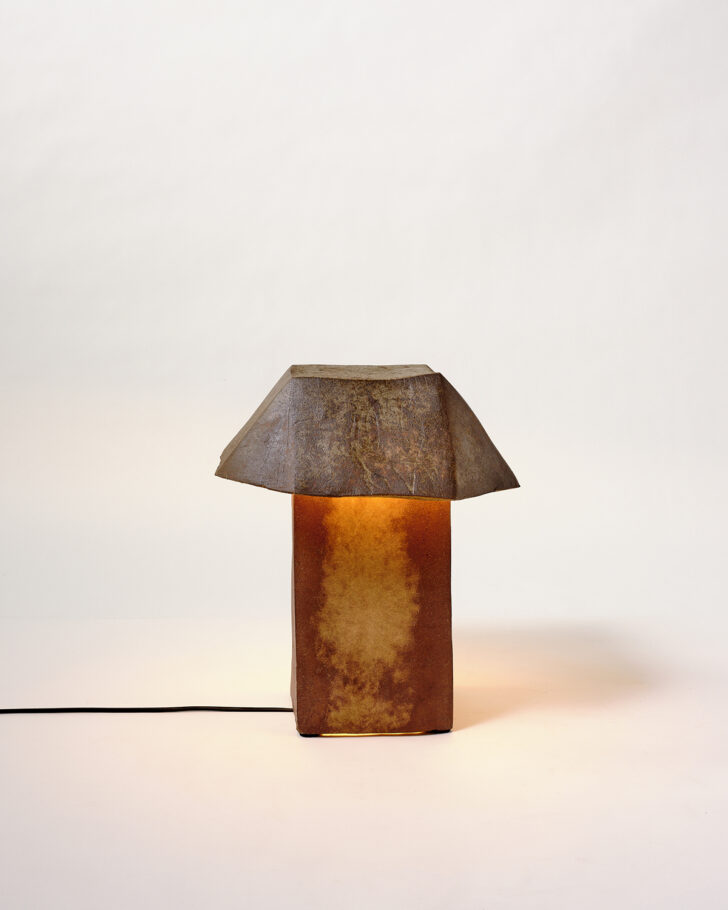
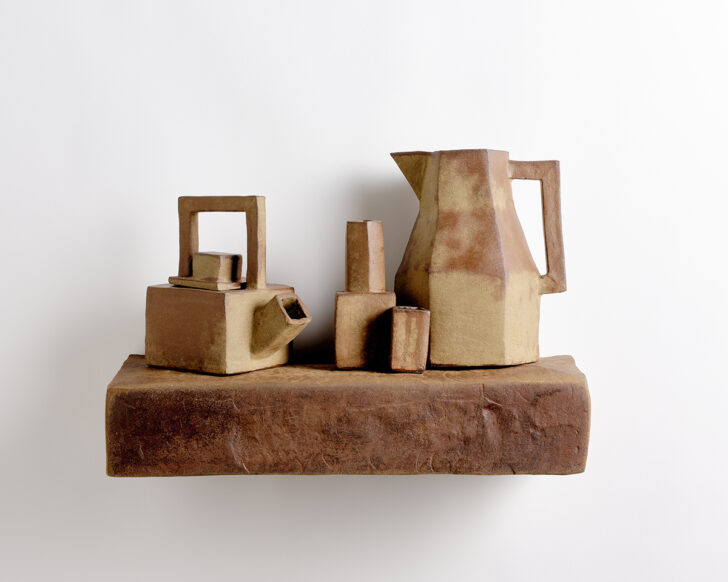
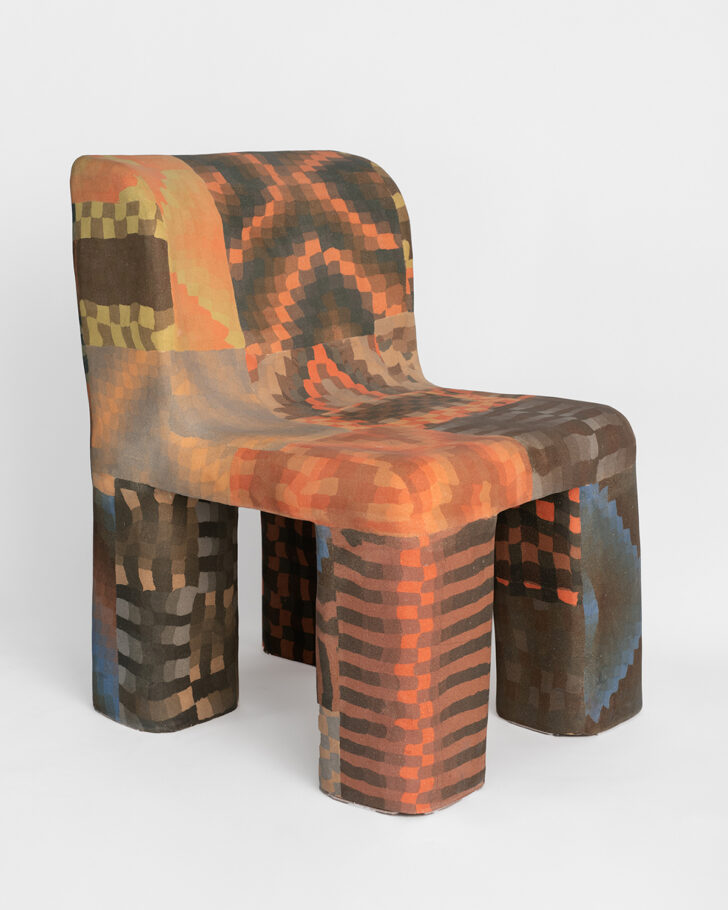
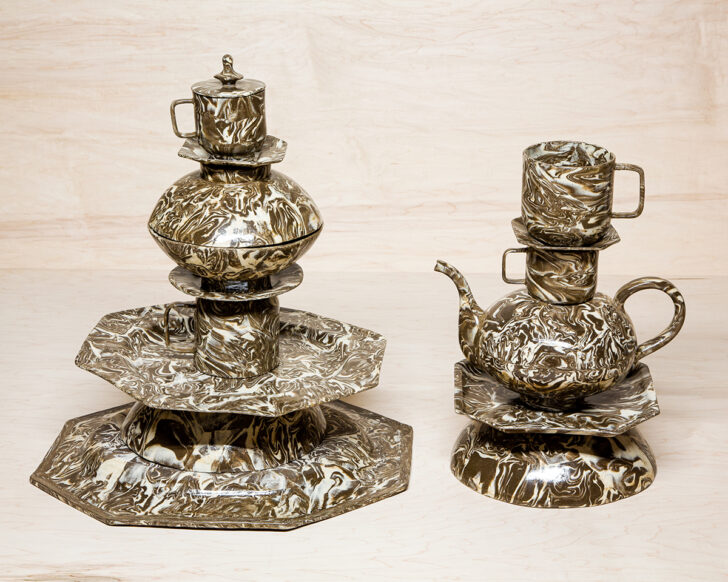
New York City, isabelrower.com
We’ve almost never experienced the immediacy of wanting as much as we did after encountering Isabel Rower’s Box Works at Marta Gallery’s NADA New York presentation this spring. Made from stoneware in a format and a hue that suggests cardboard boxes — the repurposed material that in fact forms each piece’s interior structure — the chairs, lamps, and still life–esque vessels boast oddball proportions and a kind of glammed-up functionalism that’s impossible to resist. Her other work — marbled tableware and a series of chairs upholstered in a glitchy, fuzzed-out pixel pattern — suggests that Rower isn’t remotely interested in presenting work in a straightforward fashion. Judging from what’s to come, we’ll be all the better for it.
What is American design to you, and what excites you about it?
The Shakers and the subway. The Shakers, because of their collectivism and individuality and their vision of objects as a manifestation of a lifestyle and belief system. And, more personally, growing up in New York City, the subway system was the first thing that represented American design to me. The design of the maps, the interiors of the trains, the tiled stations — they are all totally functional but still adorned. That’s what I miss sometimes from the Shakers, the idea that things can be beautiful and functional but still ornamented. That feels like an essential part of American design.
What are your plans and highlights for the upcoming year?
I am very excited to start working on my solo exhibition with Marta Gallery in Los Angeles for September 2025. I’m looking forward to developing my practice with ceramic material as well as more predictable and pliable materials. I have a few collaborations I am developing as well that are very exciting and hopefully will be complete soon.
What inspires or informs your work in general?
The design school part of me wants to say that I’m driven by an exploration of material properties and expanding how a material is used, or seen, or pushing a material to its limits, or learning about its history. But, if I’m honest, my real interest is in the beauty of craft; the material is less important for me. I’m very inspired by the elements of craft that are present in film, painting, and architecture. I just saw a screening of Tales of Hoffman, the Powell and Pressburger film at the MoMA theater, and I keep coming back to this scene where the camera zooms in on a shelf of beer steins which suddenly animate into dancers. I found it very moving. I often wonder about the inner life of objects or their residual energetic essence and I felt like this scene beautifully illustrated what that could be.
Jenna Graziano
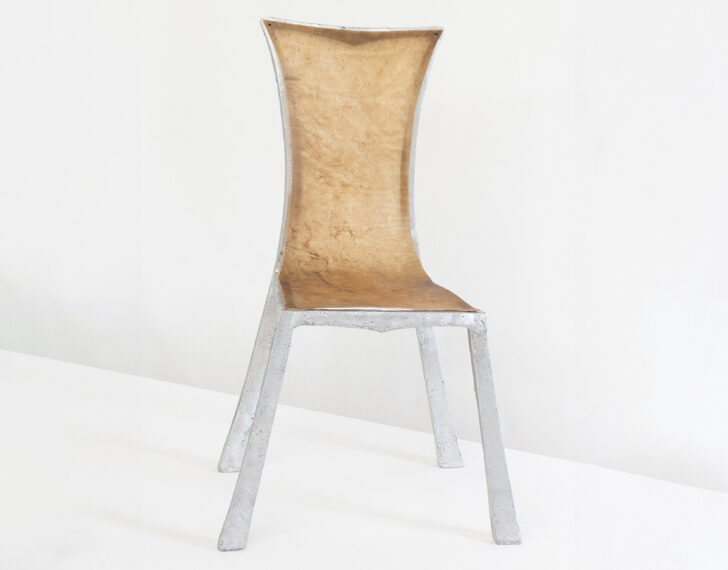
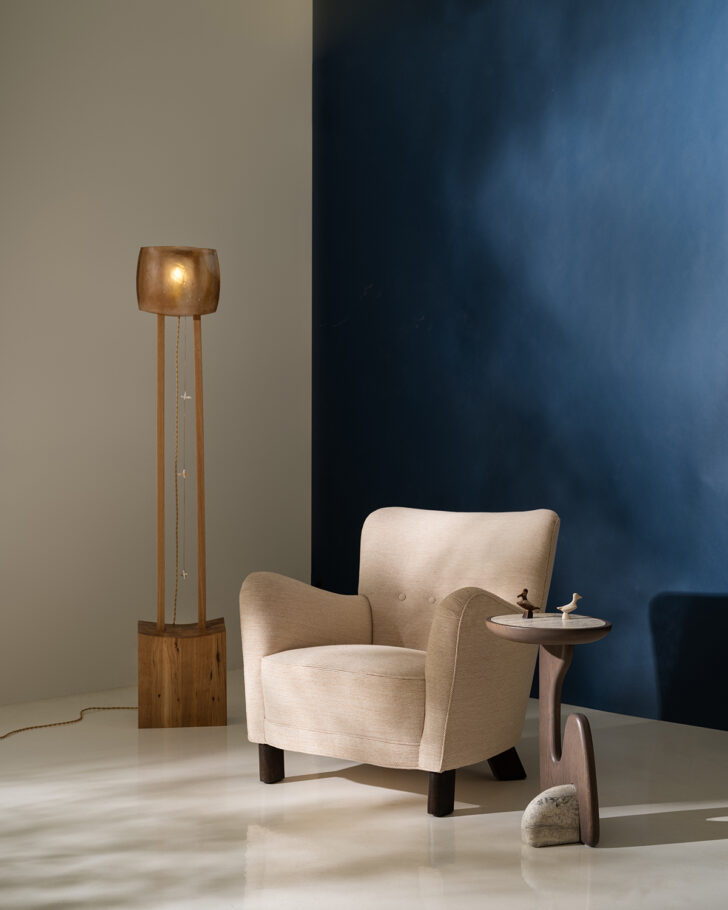
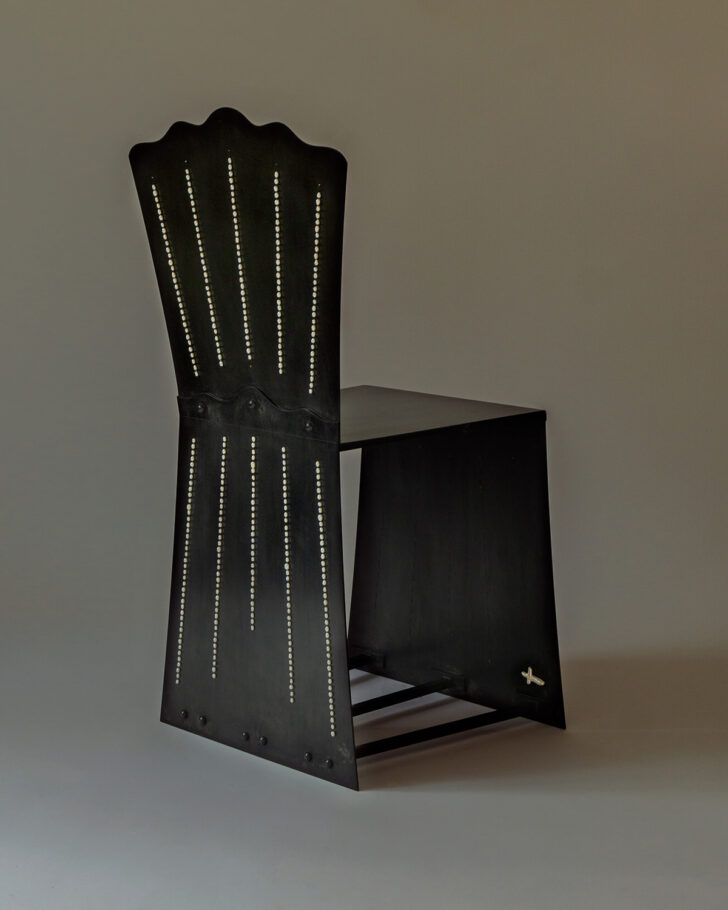
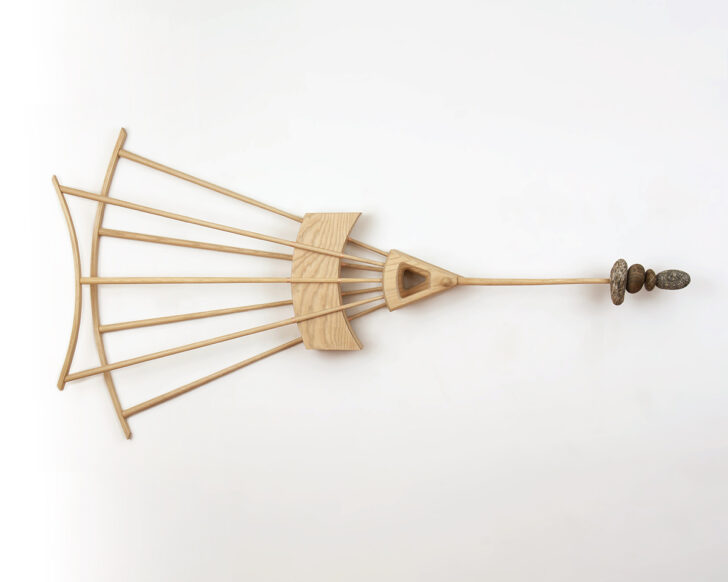
New York City, @jennna.g
Jenna Graziano worked briefly in fashion before shifting to fine woodworking — and, after graduation, working in the studio of former Hot Lister Minjae Kim — so it makes sense that her work often incorporates materials like freshwater pearls or, in the case of the collaborative chair she made with Madeline Coven, a sling of raw cowhide. She often pairs those more quixotic materials with brutally elemental ones, exploring the point where delicacy meets durability. With only a few designs under her belt, we’re excited to see more.
What is American design to you, and what excites you about it?
I really like how crafty and clever American design can be. I get excited about objects that feel unusual, or like they’re colliding with some form of outsider art. There’s something very endearing about objects that are scrappy but also thoughtful and earnest. Someone who comes to mind is Wharton Esherick, whose work has this unconventional and charming quality to it and feels deeply personal and like an expression of his own world.
What are your plans and highlights for the upcoming year?
After several years of designing and making furniture, I recently started an MFA in Sculpture to explore a body of work that doesn’t necessarily consider function. I’ve been really engaged with it, but ironically, a lot of the work I’ve made so far hints at functionality in some way. Right now, I’m working on some wall-mounted pieces, like paper quilts incorporating wood and abalone veneer, and also “paintings” with protruded mini furniture models. In my design work, I’ve been thinking about different types of heat sources. I’ve always wanted a fireplace, but living in New York City, only a handful of apartments have them, so I’m prototyping a fixture that uses ceramic (which retains and distributes heat very well) with candles to create a cross between a space heater, chiminea, and fireplace. I’m also designing another piece for the embroidered pearl series, but rather than using sheet metal, it’s going to be either cast metal or possibly cast glass. That said, I’m constantly looking to work with new materials and processes, so it’s likely I’ll go down a different rabbit hole next week and set out to design and make something completely different.
What inspires or informs your work in general?
I try to think a lot about the things I liked as a kid, because, when you’re a child, your interests are uninhibited, and the decisions I make with that mindset feel very authentic to me. One of the first times I really noticed the design and the feel of a space was when I was 9 or 10, and my parents took my sister and me to the Breakers, a preserved Gilded Age mansion built by the Vanderbilts. I understood it was a grand and beautiful space with velvet, wrought iron, and marble, but there was also a haunting quality I was drawn to. I had a similar feeling at the Dennis Severs’ House in London this summer. In both places, I noticed the coexistence of beauty and eeriness, which is something I try to create in my work. I like to explore contradictions like these specifically with the materials like the delicacy of pearl against the strength of steel.
Jesse Groom
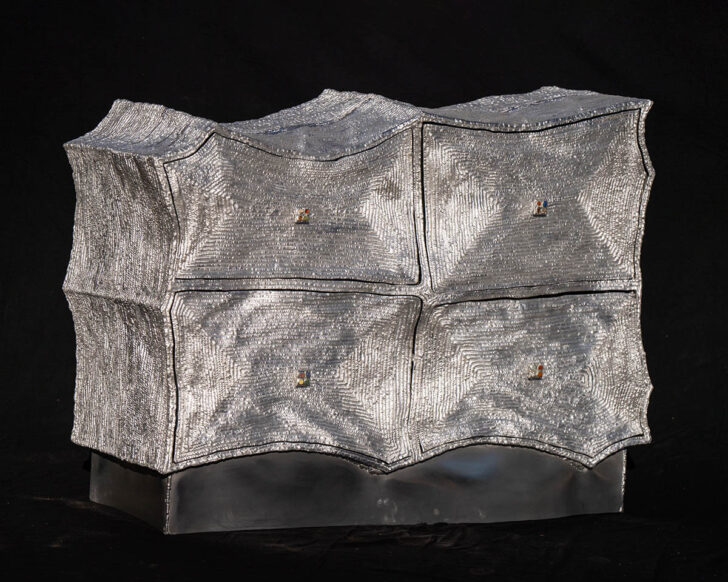
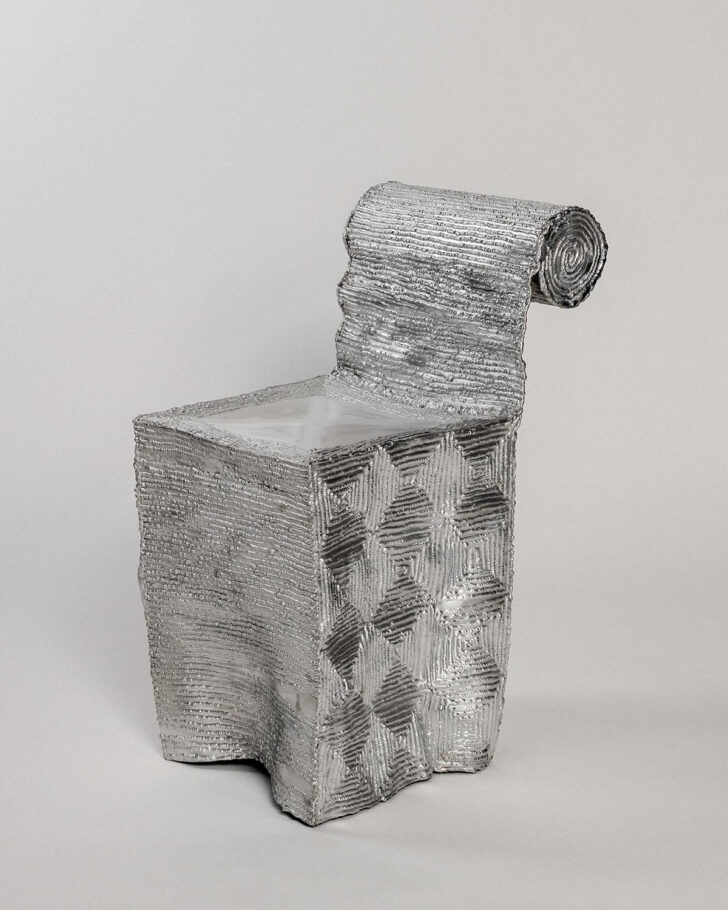
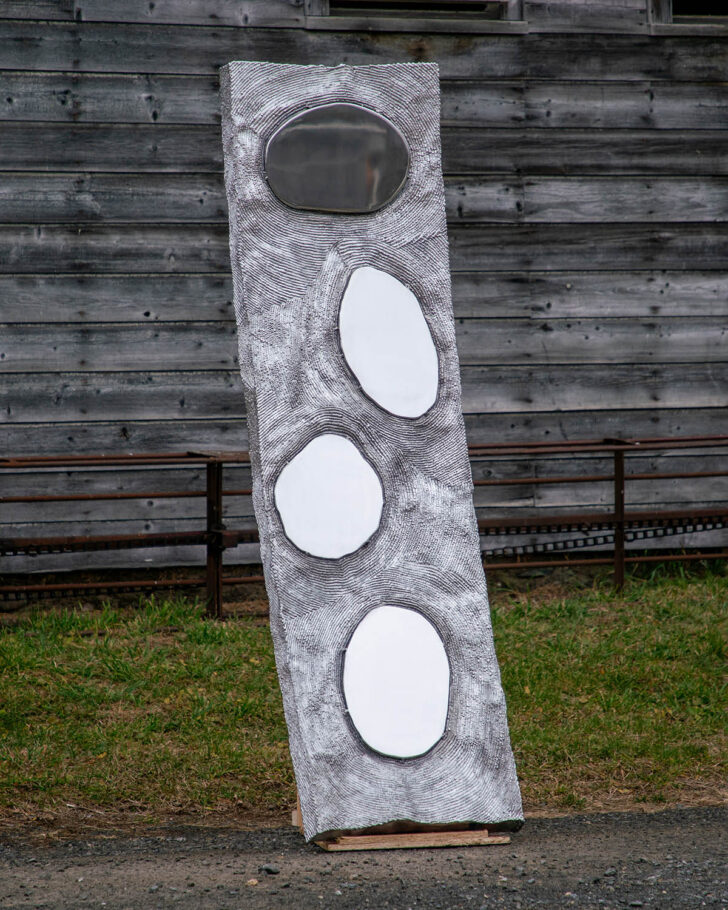
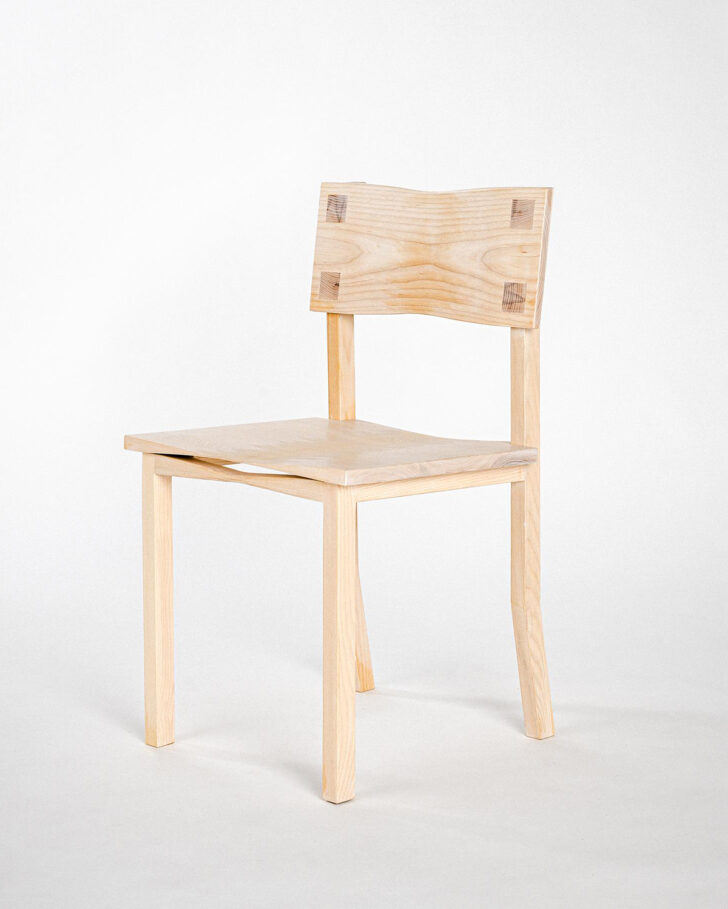
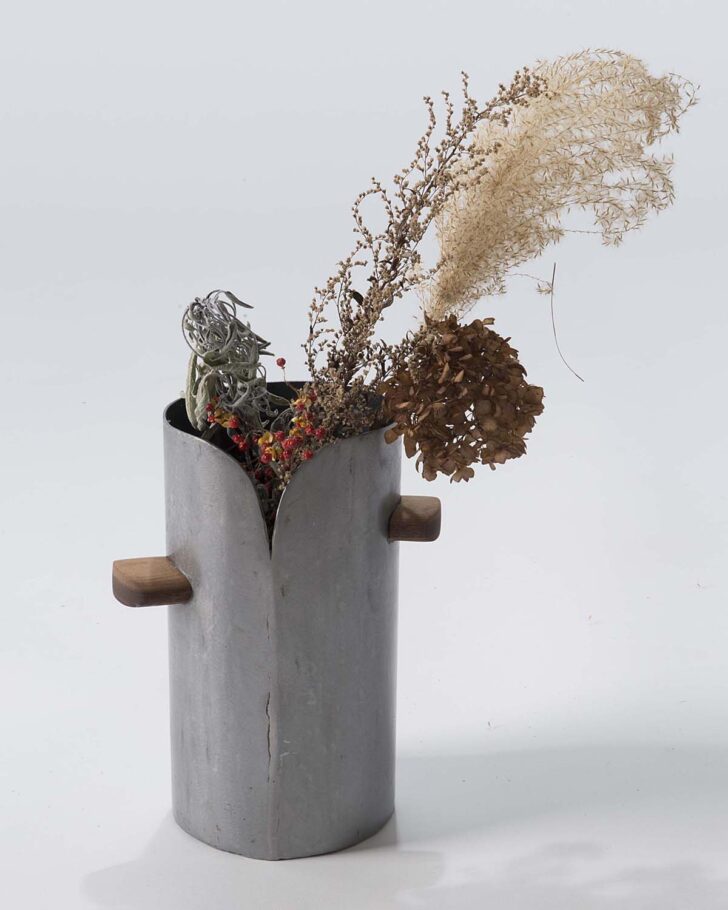
Hudson, New York, jessegroom.com
Sometimes, the fastest way to a design editors’ heart is to invent your own process — or, in the case of RISD grad Jesse Groom, to make decorative a process that for years has remained hidden. For his Cicatrix series, Groom takes the molten bead vernacular of welding and makes it his whole thing — entire chairs, lamps, and credenzas, whose weak aluminum frames are made structural and strong by covering them with hundreds of aluminum filler rods, hot-gunned into a crinkly, foundational skin. “I aim to design for the user, but also for the things themselves, trying to interpret their wishes and potential,” Groom has said, and we ask: If you were an object, wouldn’t you like to look as good as the ones on this page?
What is American design to you, and what excites you about it?
American design at its best, in my opinion, is all about a common phrase: “fuck around and find out.” Is there anything more American than this? I don’t think so, and I think it’s at the core of all worthwhile American Design and in fact all American arts/creativity. Perhaps even to our own detriment sometimes (or because of it), Americans seem to pursue their work with a bravery and audacity that can only be harnessed in a place as wealthy yet uneducated and informal as our country. We have what often seems like a distaste for learning a way — or the way — to do things, and just want to do it anyway, with no solid foundation in history or instruction. I can go on and on about this, and I really believe it is both a good thing and a bad thing, but as of now, I’m using it as a good thing and pursuing my own work with this ethos, being aware of my predecessors but not defined by them. American design and the arts will continue to be exciting because its main purpose is to question the present moment and take another step forward.
What are your plans and highlights for the upcoming year?
This next year my plan is to immerse myself in the community of upstate New York, which is new for me. It’s really bucolic. There is so much space and time here, in a way I never experienced in the city growing up. I feel at ease in following rabbit holes and not impatient like I used to be with getting sidetracked. There are trees and hikes, but also galleries and sexy little restaurants, the combination of which all gives me the mental ecosystem I need to feel the best and work the best. I’m about to get my studio hooked up to a heater which means I will now be able to create new things throughout the whole year! And I’ve just nearly finished the renovation on the small property where I’m currently located (although in reality, it will likely never end). I want to open new doors, so to speak, as well, dabble in scales other than furniture. I can sense that projects in clothing, jewelry, and world-making/full spaces both interior and exterior are on the horizon. Just feeling very open and hope to stay that way. Hit me up!
What inspires or informs your work in general?
Aw, there’s too much! Right now, imperfections — or rather any thing, or act, that subverts a sort of expectation, especially on a societal level — is especially inspiring to me. For instance, although I’m well aware of the issues posed by them, I can’t help but be moved when I’m in the city and there’s like 50 people riding bikes or motorcycles together, and they’re just taking over the streets for a second, wreaking havoc on everyone’s senses. And then they’re gone. The things that these kids do are extremely impressive, and they don’t do it for anything — there’s no particular outcome or money or sponsorship or anything like that — just because its awesome and fun to do with their friends.
I know I’m supposed to answer this question with a visual queue, or design movement or artist that I feel drawn to emulate in my own work, but the truth is I think the objects I make are more about the act of creation and therefore the processing of growing and being, more than a specific thing. I guess I’m more into the process than the result… at least for now.
